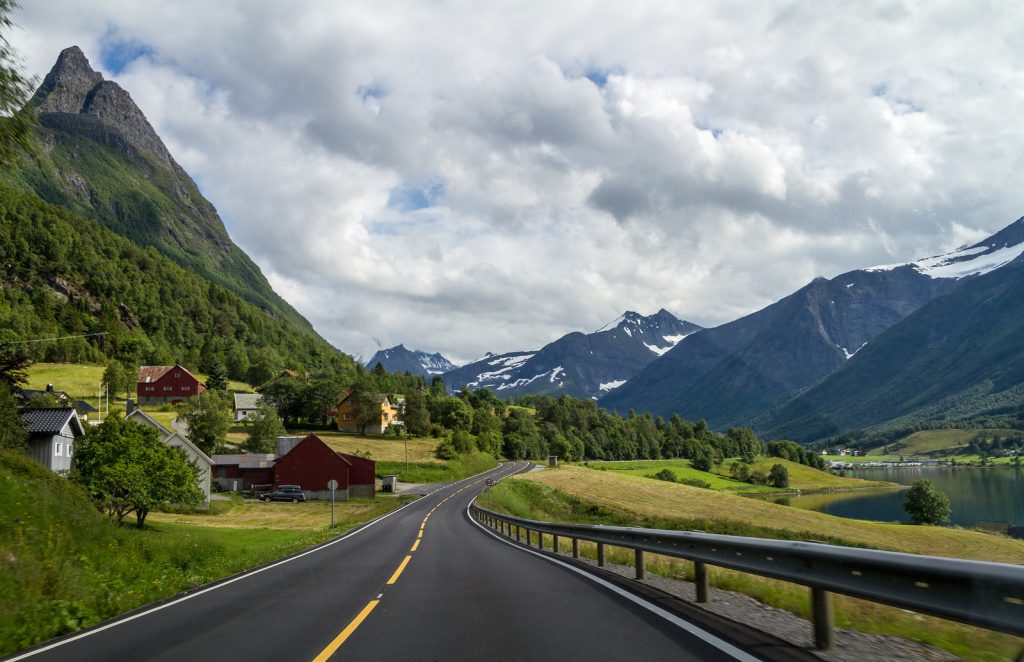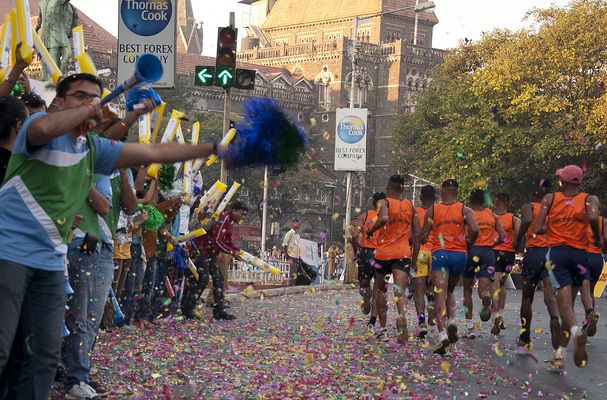Whether it’s with extended family, your closest friends or your significant other, few things are more exciting to undertake than a fun-filled road trip.
Fortunately, when it comes to vacationing on the road, it doesn’t even have to be the most exotic or interesting destination because exploration is exciting enough when you do it with those you love!
But, there are still a few ways that you can maximize the fun and really have a road trip worth remembering.

1. Get Everyone Involved
Especially when you are traveling with your friends, make sure it’s lively and animated in the cabin.
You can ask them to recite their most memorable moment on their last trip but one by one. That would ensure even the most introvert of the lot speaking out.
Games like 20 Questions, Name That Tune, Continue with Story-telling, are indeed for kids but how about being a kid for the next 2-3 days? Trust me, nothing’s more fun.
Everyone’s not going to want to do the exact same thing all the time, so asking around to see what tourist sights or food spots can’t be missed is a great way to keep everyone engaged.
And, it also means that you’ll see or find something you might not have come across otherwise!
2. Get Off the Road
The boon of a road trip might be to see all the amazing sights along the way and really get a feel for the place you’re travelling around.
But, being in the car for too long can get to anyone, no matter how excited they are about the trip.
Instead of planning long, drawn-out day travel so that everyone is worn out and tired, make sure there are plenty of pit stops for rest, relaxation and touring local sights. Make your traveling simple. The more easy you are on the way, the better the experience.
It’s an effective time management tip too. Take frequent breaks to be at your productive best 🙂
This can make all the difference between a road trip that feels like a job done, and one that feels like a true getaway.

3. Bring In-transit Entertainment
Seeing new places from the window of a moving vehicle can be pretty exciting, but simply because a place is interesting doesn’t mean the scenery always is.
So, instead of sleeping through the road journey, ensure there is plenty of entertainment for the whole family to be amused by.
While some vintage upbeat numbers would keep your grandpa going, kids mostly like musical and loud stuff.
You can bring along items like cards, crossword puzzles or travel-sized board games too.
Try and avoid carrying tablets and smartphones. Kids occupied with Youtube and video games is the last thing you want to see when out on a leisure trip.
4. Feeling Good Is Important –
Needless to say, you can only enjoy if you are feeling good from inside. No point gulping cola cans and chips in a jiffy and have a nauseated feeling later.
Any kind of vacation or getaway is often rife with eating choices that are not necessarily good for the body. While burritos and margaritas might feel good in the moment, they rarely have that impact after and can leave you sluggish.
Instead of binging on only indulgent foods, try bringing some healthy foods along for the ride.
Whether it’s nuts, dry fruits or granola bars, these will stave off frequent hunger pangs too.

5. Don’t Aim to Shoot a Million Picture Roll –
In the era of the selfie, it can be easy to get carried away with picture taking.
But, when it comes to a trip with your friends or family, photographs are the kind of thing that are really going to make memories…and may even help to create some new ones.
The trick is to capture only special places and moments and not take out camera every single minute.
Be a little selective with your shots. The light, the pose, background – all matters if you wish to take some great photos.
Think of it as if you only have 36 photos in your camera and equal number of chances to get it right. Seriously, digital cameras and camera phones have killed it all.
You may even want to create a little competition for best vacation photograph. Try it out.
6. Collect Souvenirs Along the Way
Whether it’s in the form of a snow globe or a sweater that’s bedecked with the name of a place you’ve never been, souvenirs tend to have a pretty bad reputation.
Making stops to collect a few unique souvenirs can be a great way to really experience the flavor of the place and make the moment last.
It can be very much like taking a picture in that you’ll remember the time and the place distinctly. And, when you share souvenirs with your family or friends at home, it will be like living the story twice.

7. Do Something that Surprises You
Unexpected pit stops are part of the fun when it comes to embarking on a road trip.
However, there are those places that pop up along the way on any road journey that are often passed by because they don’t fit with the schedule.
But, it’s these very things that can make for some of the best road trip stories out there.
Instead of forgetting about what’s passing by, be aware of interesting parks, cottages, or even roller coasters that come up along the way.
They just might end up being the most memorable part of the journey.



 While the sea breeze helped us in our running, it was nothing compared to the motivation received from fellow participants who would continuously crack jokes and call out funny phrases making it much easier for us along the path. Right from the beginning till the end of 21 km, massive crowds of people gathered on the road side, many of whom offered oranges, dates, biscuits, water and juices for us. They made us feel like a winner, like you were running for them and if you stopped you would be letting them down.
While the sea breeze helped us in our running, it was nothing compared to the motivation received from fellow participants who would continuously crack jokes and call out funny phrases making it much easier for us along the path. Right from the beginning till the end of 21 km, massive crowds of people gathered on the road side, many of whom offered oranges, dates, biscuits, water and juices for us. They made us feel like a winner, like you were running for them and if you stopped you would be letting them down.










 The tea drinkers of India aren’t as fancy as the coffee sippers. While the tea shops operate within tight space and open air, the coffee shops put out a nice spread. There are Espressos and Lattes, Cappuccinos and Mocha, along with South India’s proud possession – Kaapi. This filter coffee decoction is sold at all fast food joints and dining halls in southern states of India.
The tea drinkers of India aren’t as fancy as the coffee sippers. While the tea shops operate within tight space and open air, the coffee shops put out a nice spread. There are Espressos and Lattes, Cappuccinos and Mocha, along with South India’s proud possession – Kaapi. This filter coffee decoction is sold at all fast food joints and dining halls in southern states of India.


















